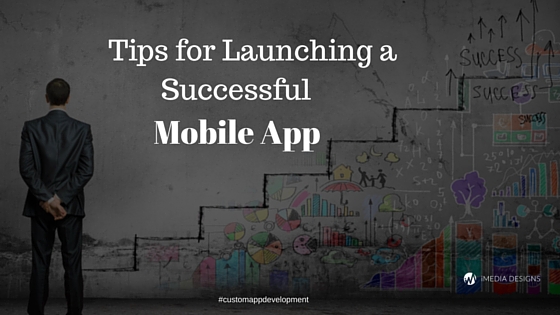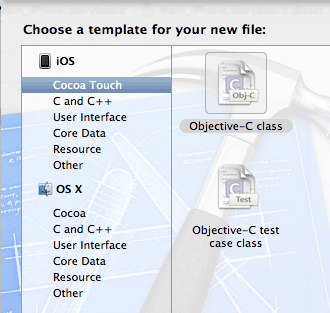The app development business has become more critical over the years, just bringing an app to the app stores will not work unless you get a large burst of downloads.
Keep in mind, the download rates can influence your app’s search ranking.Therefore, you need to plan your launch with a goal to get a lot of downloads in a shorter time period.
In this article, we will give you some insights to help you have a successful app launch –
Step 1: Define Success
If you are planning to launch a mobile app, you need to measure some goals around your launch. Measuring success around your active install rate tells you the number of ratings you receive, your average rating in the app market and the revenue generated from the app.
Step 2: Claim Your Social Media Accounts
You can use social media accounts while the app is in the final development stage. This will help you get feedback and ideas from your future users. Make use of the highly visual social network to show your product to other app developers who may have some great suggestions for UX/UI improvements.
Step 3: Create Content
Create an informative content that clearly explains how to use your mobile app. This content should include blog posts, press releases, social media content, website copy, and email marketing copy.
Step 4: Record a Demo
The video is the most effective way to show off your app’s functionality, capabilities and how it works on different devices that demonstrate its features and workflow.
Step 5: Launch a Dedicated Site or Page
You can create either a dedicated website for your app or a page on your website and launch these pages even if your app hasn’t yet hit the market. It will encourage users to quick sign up for a download alert email once your mobile app is ready to launch.
Step 6: Choose an App Store
Choose a store to launch your mobile app to attract the possible number of downloads and ratings. After that, you will make lots of changes and improvements to your app and once your app is more established, expand it to other app stores as well.
Put download links to everywhere your blog, your website homepage, social media accounts and in your marketing emails etc. Hope this article help you launching your mobile app successfully to the market.
Toronto Web Design Agency : iMediadesigns is reputed mobile application development agency , which provides a custom website design & development service in Toronto.









